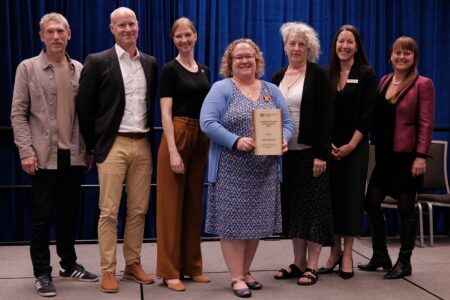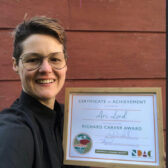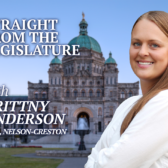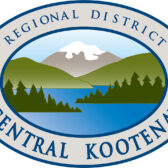Fraser Institute think tank praises B.C. education model — Ontario take note
If Ontario adopted British Columbia’s model for funding and delivering K-12 education, the province could save up to $1.9 billion per year, finds a new study released today by the Fraser Institute, an independent, non-partisan Canadian public policy think-tank.
The study, Restructuring Education in Ontario, estimates the financial benefits of Ontario adopting B.C.’s K-12 education model, with its publicly funded anglophone and francophone school systems, and partial funding for independent schools.
“Despite a drop in student enrolment, Ontario is spending more and more on education while overall student performance falls behind jurisdictions such as British Columbia,” said Deani Van Pelt, study co-author and director of the Fraser Institute’s Barbara Mitchell Centre for Improvement in Education.
“This trend should concern any Ontario parent, taxpayer or policy-maker.”
After adopting the B.C. model, Ontario would only fully-fund anglophone and francophone public schools, while all remaining schools (including Catholic schools, which are currently fully-funded in Ontario) would operate as independent schools, receiving government grants that equal up to 50 per cent of their local school board’s per pupil funding.
This change, finds the study, could save Ontario up to $1.9 billion annually.
The study specifically calculates savings based on four different levels of independent school enrolment.
The scenario where the fewest number of students move from fully-funded schools to partially-funded independent schools would save Ontario more than $849 million annually.
Ontario’s government is deeply in debt ($269.3 billion as of March 2014), due in part to skyrocketing education costs.
For example, between 2001-02 and 2010-11, the latest years of comparable data, public education spending in Ontario increased by a whopping 60.8 per cent (to $24.5 billion from $15.2 billion) while public school enrolment dropped by 5.1 per cent (to 2.05 million from 2.16 million).
Subsequently, during that same 10-year period, on a per pupil basis, Ontario’s public education spending jumped by 69.5 per cent (to $11,946 from $7,047).
By comparison, B.C.’s public education spending increased by less than half Ontario’s per pupil spending increase.
The study also notes that B.C.’s students recently scored higher on the OECD’s Programme for International Student Assessment tests than Ontario students in the core subjects of math, reading and science.
“Changing the funding model for independent schools would not only help improve Ontario’s dismal government finances but could also help improve student performance in Ontario classrooms,” Van Pelt said.
“Ontario can learn from British Columbia about how to make its schools more cost-effective, and better prepare students to compete in an ever-changing world.”

























